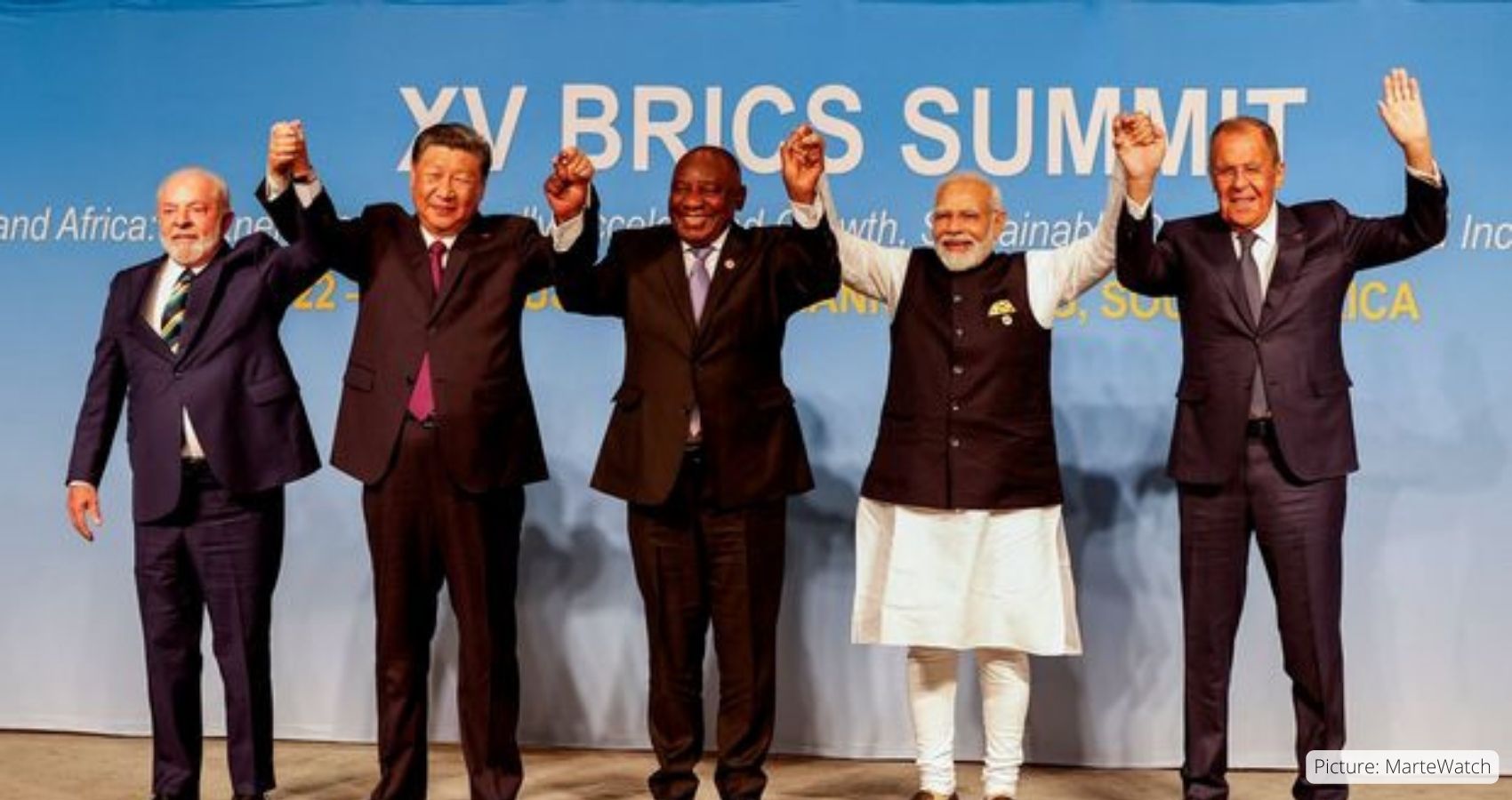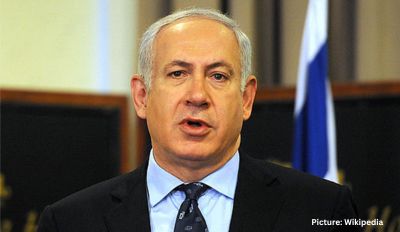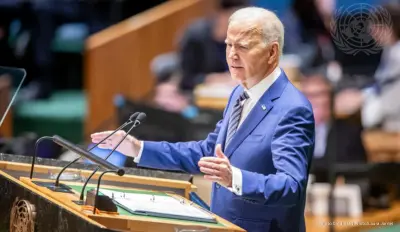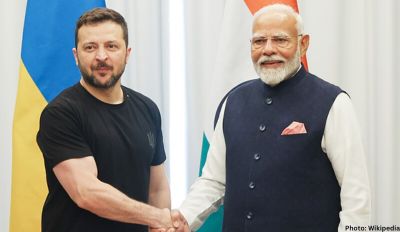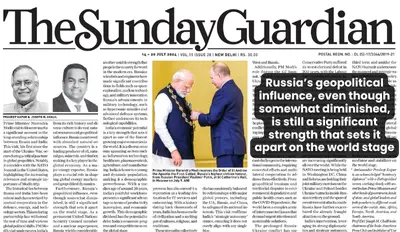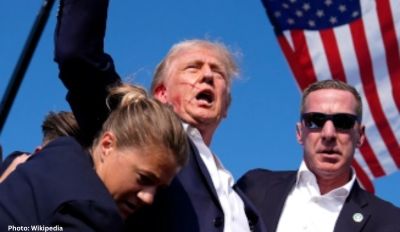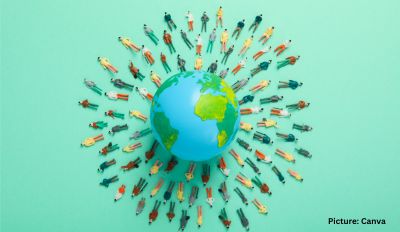Leaders of the BRICS — Brazil, Russia, India, China and South Africa — decided last week to expand the grouping and admit six new members. Saudi Arabia, Iran, UAE, Egypt, Ethiopia and Argentina will become part of BRICS with effect from January 1, 2024.
BRICS expands from 5 to 11, Modi says it’s a message to all global bodies
There are about 23 countries which have formally applied so far for membership of the grouping.
At a joint media briefing in Johannesburg, South African President and Summit host Cyril Ramaphosa, along with Prime Minister Narendra Modi, Chinese President Xi Jinping and Brazilian President Luiz Inacio Lula da Silva, said, “We have consensus on the first phase of this BRICS expansion process…
“We have decided to invite Argentina, Egypt, Ethiopia, Iran, Saudi Arabia and the United Arab Emirates to become full members of BRICS. We value the interests of other countries in building partnership with BRICS and have tasked our Foreign Ministers to further develop the BRICS partnership model and list of prospective countries (which want to join the grouping),” Ramaphosa said.
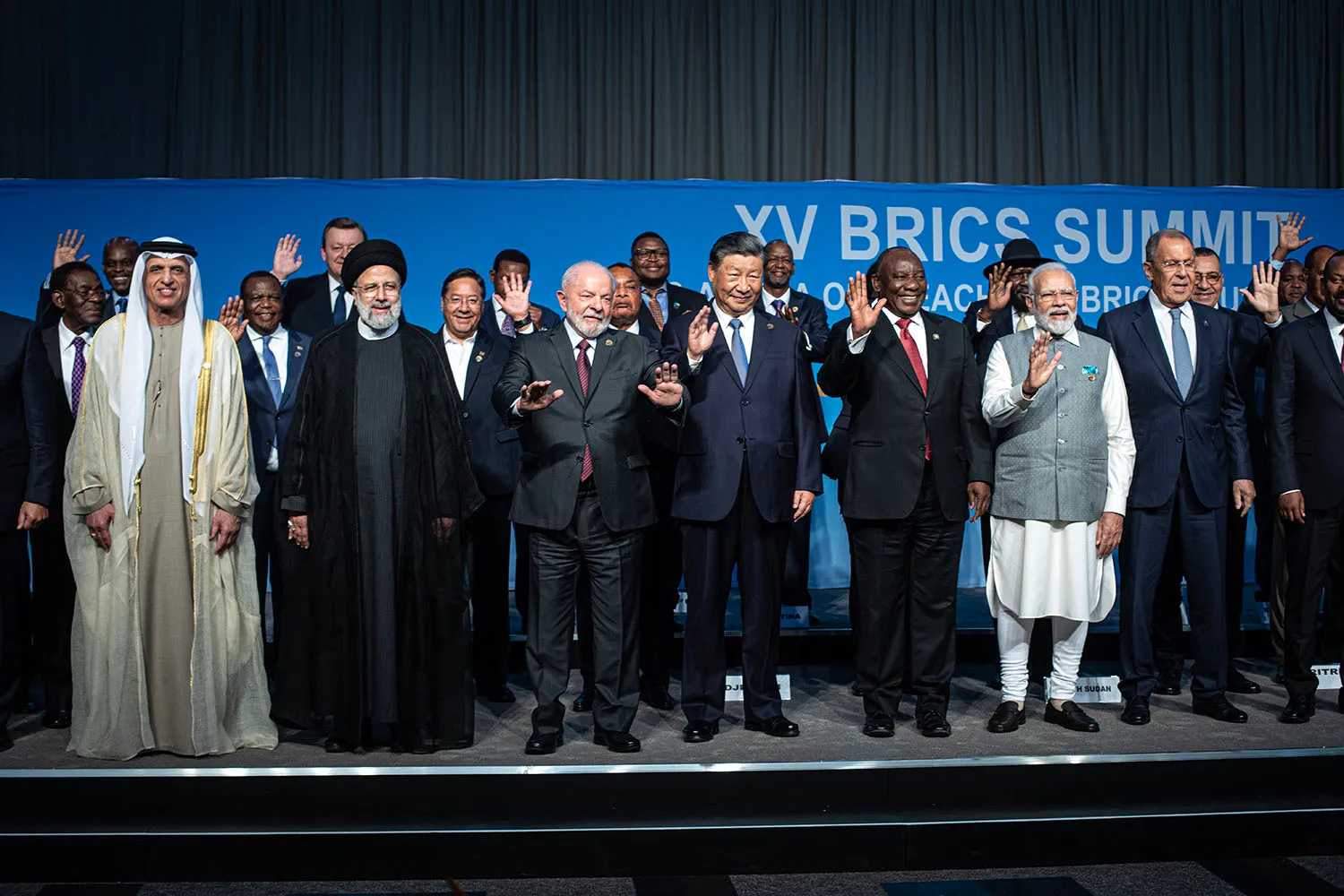
He said the decision on the new members was agreed upon after firming up the guiding principles, criteria and procedure for the expansion process. There are about 23 countries which have formally applied so far for membership of the grouping.
Prime Minister Modi, in a tweet, said, “On the occasion of the 15th anniversary of BRICS, we have taken the decision to expand this forum. India has always fully supported this expansion. Such an expansion will make BRICS stronger and more effective. In that spirit, India welcomes Argentina, Egypt, Ethiopia, Iran, Saudi Arabia and UAE into the BRICS family.”
He said the “expansion and modernisation” of BRICS is a message that all institutions in the world need to mould themselves according to changing times.
“India has always fully supported the expansion of the BRICS membership. India has been of the view that the addition of new members will further strengthen BRICS as an organisation, and give a new impetus to all our common endeavours,” he said.
Modi said the decision to expand the bloc will further strengthen the faith of many countries in the multipolar world order.
The BRICS, in its declaration, said, “We have decided to invite the Argentine Republic, the Arab Republic of Egypt, the Federal Democratic Republic of Ethiopia, the Islamic Republic of Iran, the Kingdom of Saudi Arabia and the United Arab Emirates to become full members of BRICS from 1 January 2024.”
The grouping was formed in September 2006 and it originally comprised Brazil, Russia, India and China (BRIC). It was renamed as BRICS after South Africa was accepted as a full member in September 2010.
At present, the BRICS represents 41 per cent of the global population, 24 per cent of the global GDP and 16 per cent of the global trade.
Chinese President Xi described the expansion of BRICS as a “new starting point” for cooperation in the grouping. “It will bring new vigour to the BRICS cooperation mechanism, further strengthening a force for world peace and development,” he said.
Speaking via virtual mode, Russian President Vladimir Putin hailed the expansion.
Ramaphosa said, “Through this Summit, BRICS has embarked on a new chapter in its effort to build a world that is fair, a world that is just, a world that is also inclusive and prosperous.”
He said the BRICS is ready to explore opportunities for improving the “stability, reliability and fairness of the global financial architecture”.
This strategic move aims to bolster the economic prowess and global influence of the BRICS bloc, countering the influence of the United States and its Western allies. The expansion carries noteworthy implications in terms of augmenting trade participation and political representation for the member nations. Notably, India stands to gain from this expansion due to its escalating prominence within the group.
This expansion, however, raises pertinent questions about the bloc’s political aspirations and its capacity to effectively advocate for the interests of the Global South. The inclusion of the six new members underscores the BRICS’ evolving nature, potentially shifting its initial economic focus towards broader geopolitical ambitions.
Initially coined by British economist Jim O’Neill, the BRICS acronym underscored emerging investment opportunities rather than political objectives. The establishment of the BRICS in 2014, which later incorporated South Africa, centered on fostering economic engagement. However, the subsequent additions suggest a broader vision, which may divert the bloc from its original purpose.
While the expansion of the BRICS appears promising on the surface, it carries inherent complexities. The decision-making process within such a diverse coalition is fraught with challenges. Prior to this expansion, the bloc already grappled with differing foreign policy and economic goals among its founding members. The inclusion of nations with distinct economies and geopolitical stances could exacerbate these existing challenges.
For instance, India’s evolving relationship with Western powers and its well-known tensions with China highlight the disagreements within the group. Furthermore, while the intention to expand the BRICS is evident and several countries have expressed interest, the bloc’s overarching vision remains unclear. This lack of clarity poses a significant threat to the group’s ability to maintain unity and exert influence.
Projected to collectively account for $27.6 trillion in GDP, representing 26.3% of the global total, the initial BRICS members are set to welcome the new entrants, elevating the anticipated GDP to $30.8 trillion, with a 29.3% share of the global market.
The strength of the BRICS alliance has traditionally rested on its significant share of the world’s population, largely attributed to China and India, the only two countries with populations exceeding one billion. Notably, the alliance’s demographic weight will increase further with the inclusion of Ethiopia, boasting a population of 126.5 million, and Egypt, with 112.7 million residents.
A prominent question surrounds the potential for the BRICS to achieve “de-dollarization.” Despite claims of reducing dependence on the US dollar, the BRICS’ own New Development Bank, established to rival Western institutions like the IMF, remains significantly tied to the dollar. A comprehensive shift away from the dollar would necessitate a radical transformation of the entire financial ecosystem, which has relied on the dollar for decades.
While some member nations, such as Russia, have initiated trade in alternative currencies, a complete overhaul seems distant. Additionally, while the integration of affluent oil-producing nations contributes financial assets, a cohesive economic strategy demands more than just monetary input. Achieving cohesion involves sharing a vision, purpose, and compatible economic strategies, elements that the BRICS alliance has historically struggled to unify.
Despite the apparent benefits of BRICS’ rapid expansion, challenges accompanying such growth should not be overlooked. While attaining supremacy in the global commodities market holds promise, it does not automatically translate into geopolitical significance or an immediate shift away from the US dollar. Many of the participating countries maintain substantial economic ties with the West, making a swift separation difficult and potentially detrimental to their own economies.
Furthermore, although there is growing public interest in commodities, as evidenced by increased Google searches, this doesn’t always correlate with a genuine comprehension or willingness to deviate from existing trade norms. Hastily altering global economic institutions without well-defined strategies can result in economic instability.
The expanded membership of the BRICS alliance undoubtedly has the potential to reshape global economic discourse. However, this potential is countered by inherent challenges arising from the diverse economic objectives, geopolitical affiliations, and historical conflicts among the member nations. To truly challenge Western dominance and the supremacy of the US dollar, the BRICS bloc requires not only expansion but also cohesion, a clearly defined vision, and time.
According to a Reuters report, more than 40 nations have expressed their interest in joining the BRICS alliance. Among them, a subset of 16 countries has formally submitted applications for membership, including Algeria, Cuba, Indonesia, Palestine, and Vietnam.

